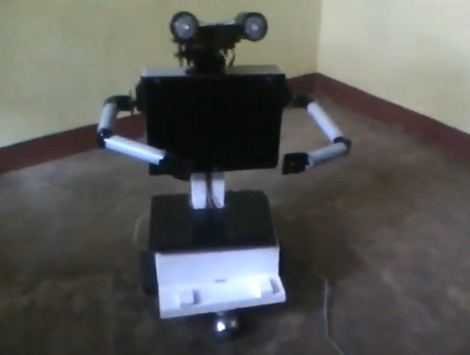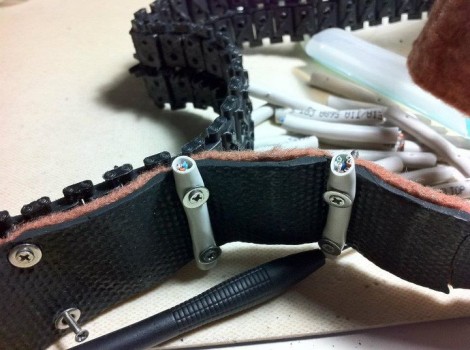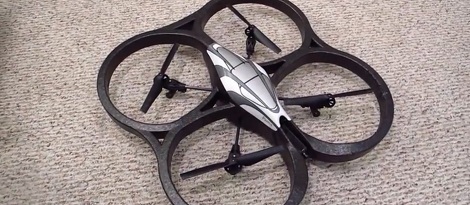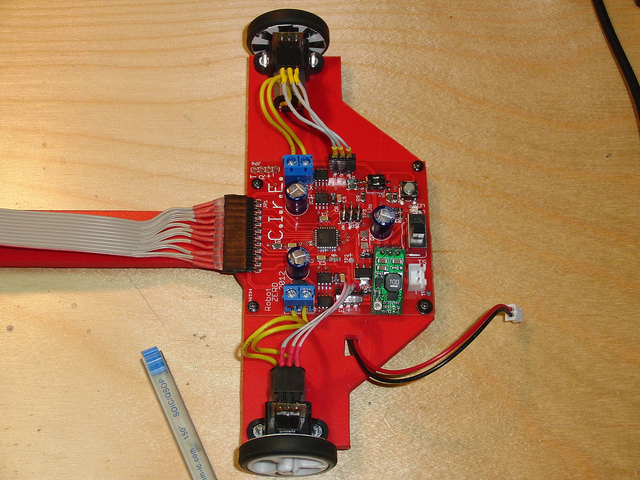
This is Chippu, a robot that [Achu] has been working on for some time. His most recent addition was to give the robot the ability to respond to voice commands. This is accomplished using a variation of the open source Continuous Speech Recognition package called Julius.
The package depends on two main parts, a set of acoustic models which let it match incoming sounds and a reference library of grammar which is built from those sounds. [Achu] published another post which goes into detail about using Julius on a Linux box. It seems like this is possible with less robust hardware (ie: on an embedded system) if you narrow down the number of acoustic and grammer models that need to be matched.
For now, Chippu is getting commands from a computer that runs the CSR. But this was only used as a proof-of-concept and [Achu] plans to transition the bot over to smaller hardware like the BeagleBoard.
Check out the demonstration of Chippu responding to voice commands in the video after the break.
Continue reading “Robot Takes Voice Commands Via Open Source CSR”
















